One thing is for sure. 2022 is going to be the year of ‘8K smartphones’, and that means, we’re going to reveal a LOT of flagships phones (including the iPhone 14) that are capable of shooting 8K high-quality video, in both Android and Apple. Read on.
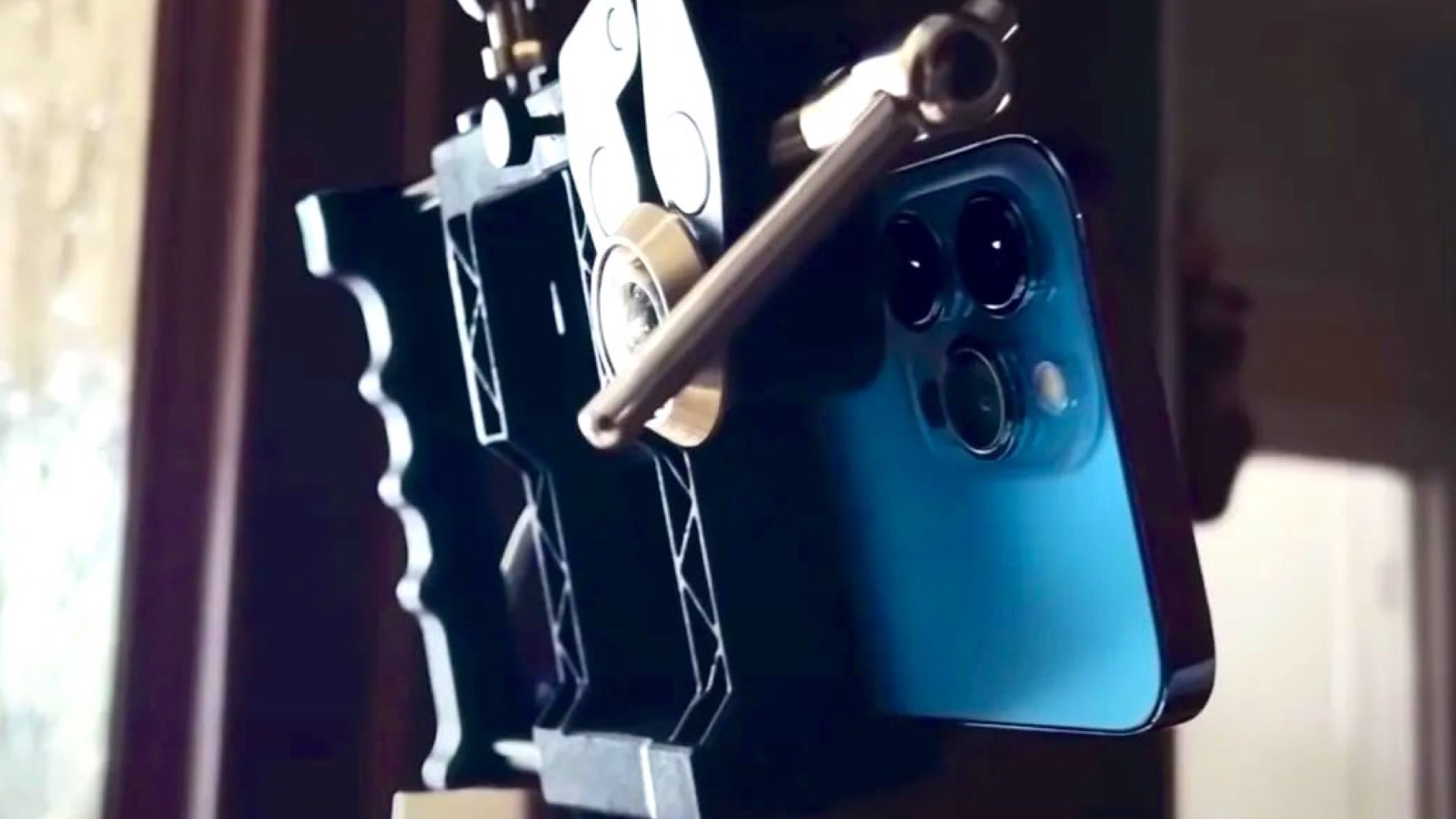
iPhone 14: Aimed for 8K imagery
First, let’s start with a solid rumor that suggests that the forthcoming iPhone 14 (which will be launched in 2022) is going to be capable of shooting an 8K video. According to trusted Apple analysts in terms of pixel size, the iPhone 14 will support direct 48MP and 12MP (four cells merge output mode) output simultaneously. With 12MP output, the pixel size of the new iPhone increases to about 2.5um, which is significantly larger than the iPhone 12 and iPhone 13, and larger than existing Android phones, and close to the DSC (Digital Still Camera) level. In simple words, iPhone 14 will be capable of shooting 8K videos with the help of more pixels. No info regarding the size of the sensor, however, reading between the lines we can assume that Apple prefers to utilize its unified technology rather than increasing sensor size. To sum this up, Apple is establishing an 8K ecosystem, by using pixel binning techniques and deploying its unified SOC architecture, in order to get all that huge amount of data out of these pixels.
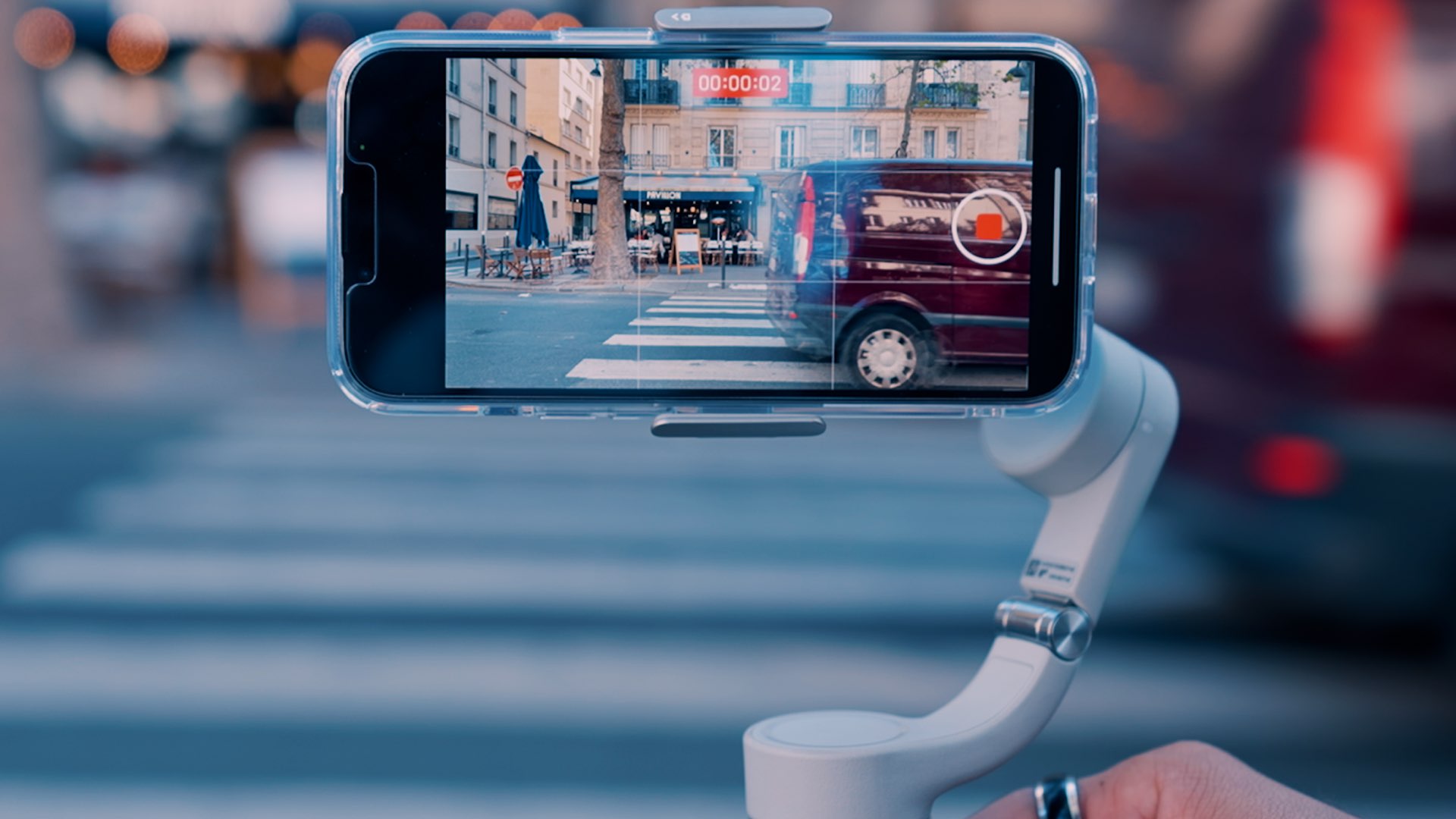
Android: 8K HDR with the help of a new chipset
In a recent article, we covered the newly announced Snapdragon 8 Gen 1, which is a new and super-advanced mobile platform developed by Qualcomm for Android devices. Make sure to read our article about it: Meet ‘Bokeh Engine’: Android’s Answer to iPhone’s ‘Cinematic Mode’. This platform will allow ‘Cinematic Mode’ but in 4K. That is defined as ‘Bokeh Engine’. Furthermore, the Snapdragon 8 Gen 1 chipset will allow the privilege of shooting 8K HDR (High Dynamic Range), derived from an even larger pixel count (up to 108MP).
Here’re the main video features of the Snapdragon 8 Gen 1 that will be implemented on Android flagship phones in 2022:
- Camera: 8K HDR (30 FPS), and 4K (120 FPS)
- Up to 108 MP single camera 30 FPS with Zero Shutter Lag
- Rec. 2020 color gamut photo and video capture
- Up to 10-bit color depth photo and video capture
- 8K HDR Video Capture + 64 MP Photo Capture
- 10-bit HEIF: HEIC photo capture, HEVC video capture
- Video Capture Formats: HDR10+, HDR10, HLG,
- Dolby Vision
- Slow-mo video capture at 720p 960 FPS
- ‘Bokeh Engine’ for Video Capture
- Multi-frame Noise Reduction (MFNR)
- Multi-Frame and triple exposure staggered/digital overlap HDR dual-sensor support
- AI-based face detection, auto-focus, and auto-exposure
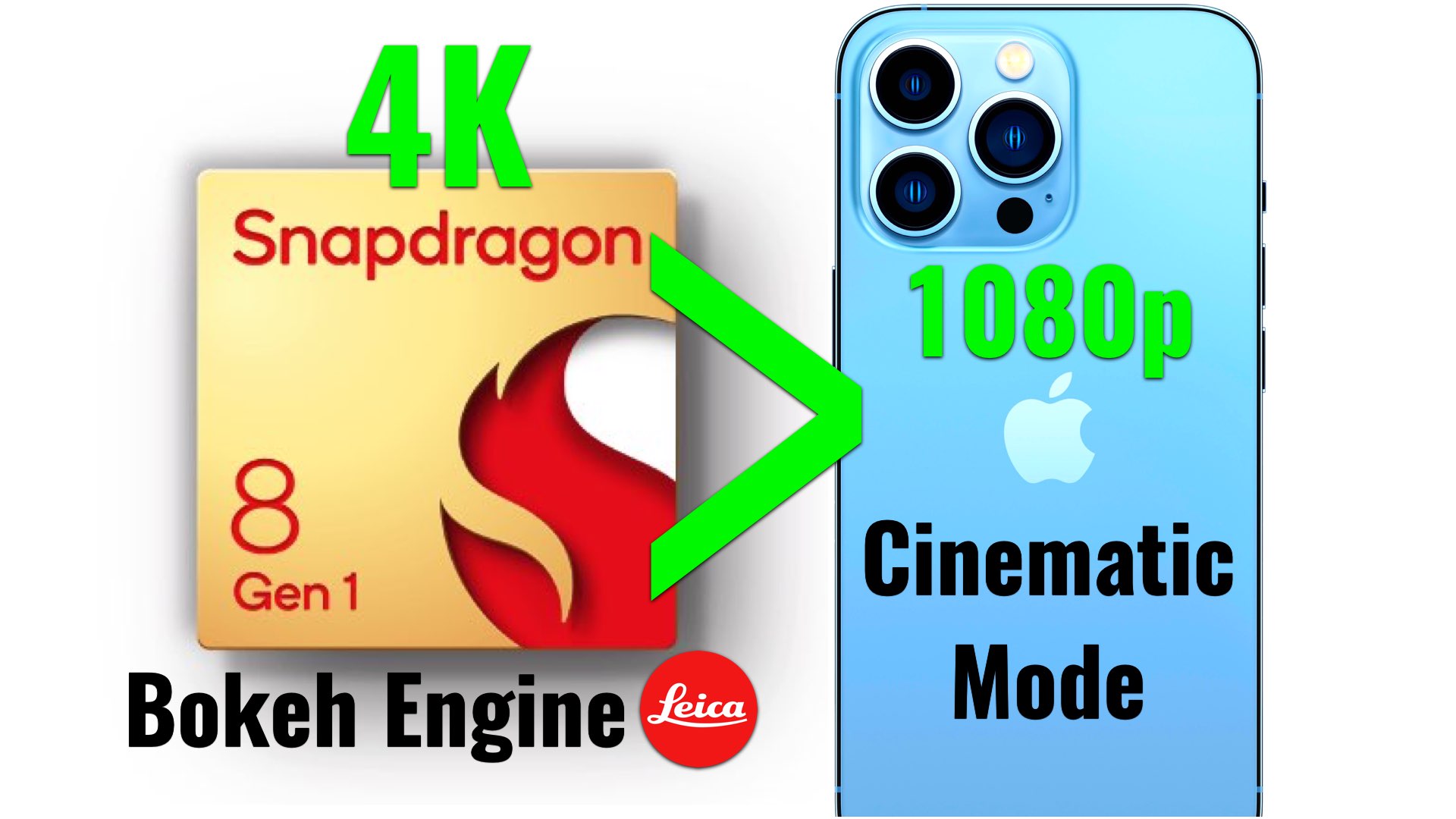
Conclusion
By calculating all these assumptions, and market analysis and demand, we can easily conclude that 2022 will be the year of 8K smartphones, that will be able to produce high-end imagery for videographers, including essential features like HDR, Rec. 2020 color gamut, 8K, and shallow depth of field. All that inside your pocket. Apple is going in that direction with the help of its unified architecture to create an 8K ecosystem (capturing and editing), and Android will use a larger amount of MP, and external engine. Nevertheless, I’m sure both devices will offer stunning imagery, and thus will be used on video productions as B-cams side by side with cinema cameras.

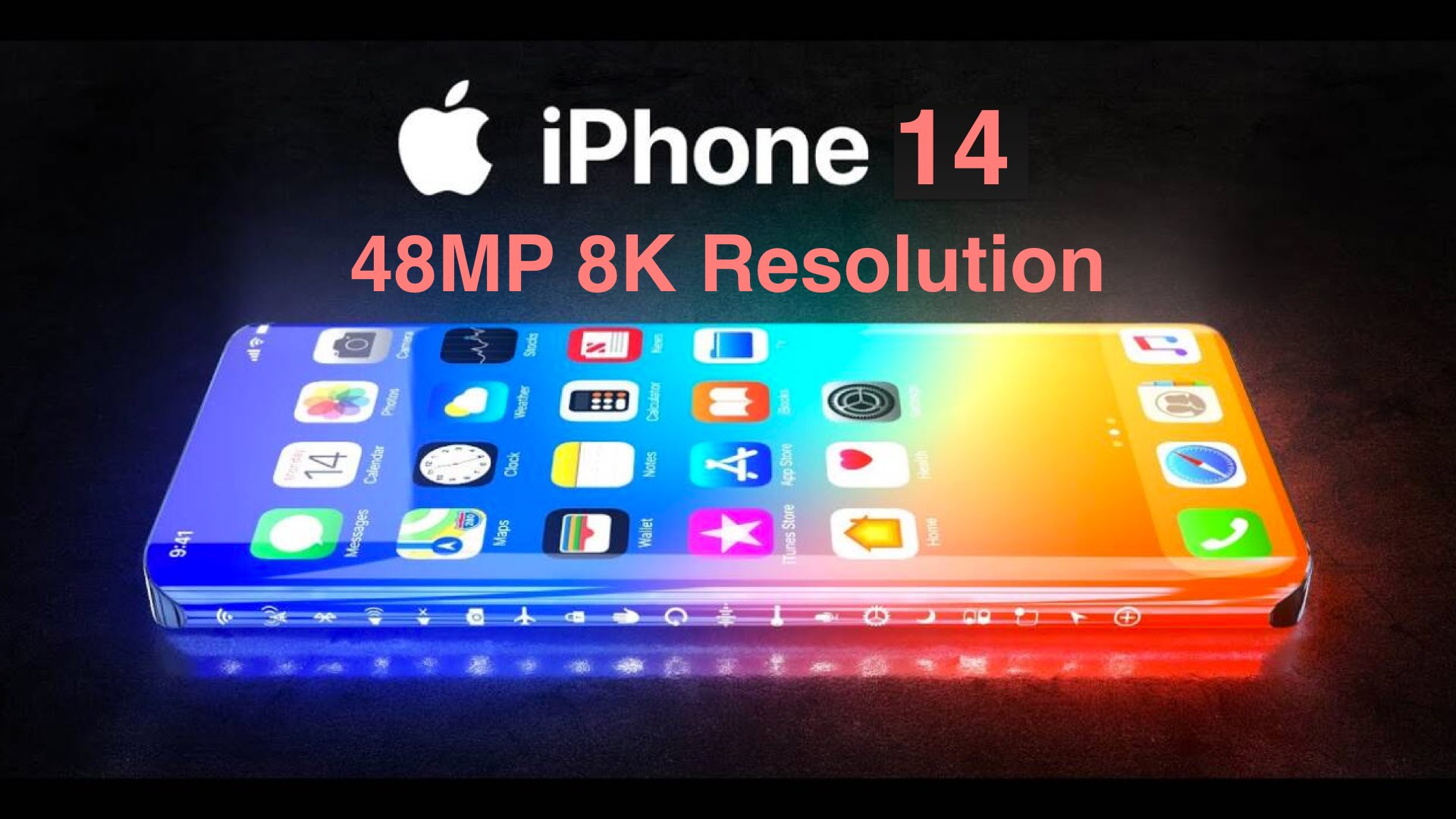
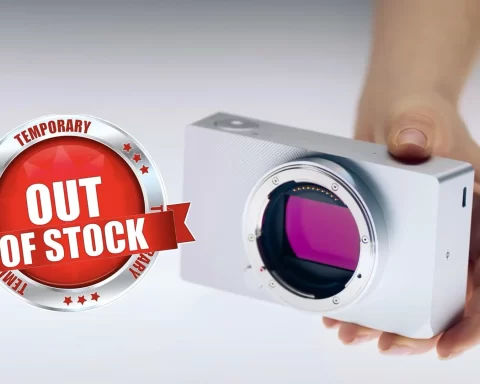


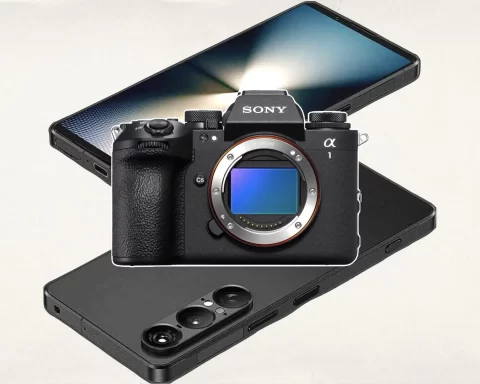
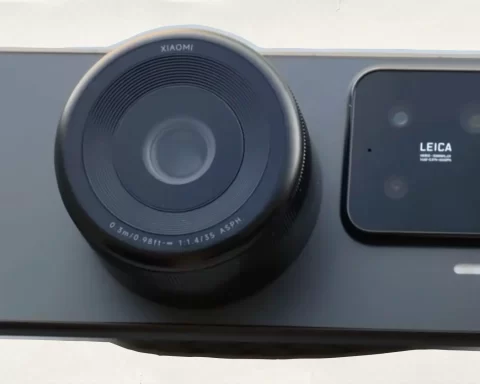
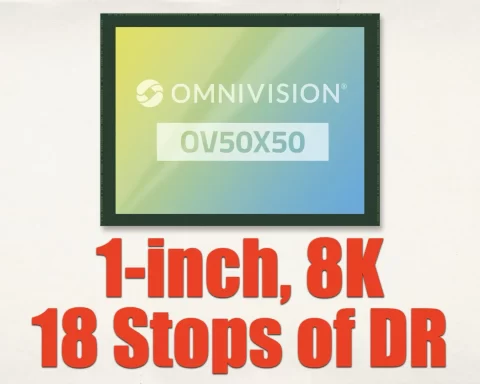

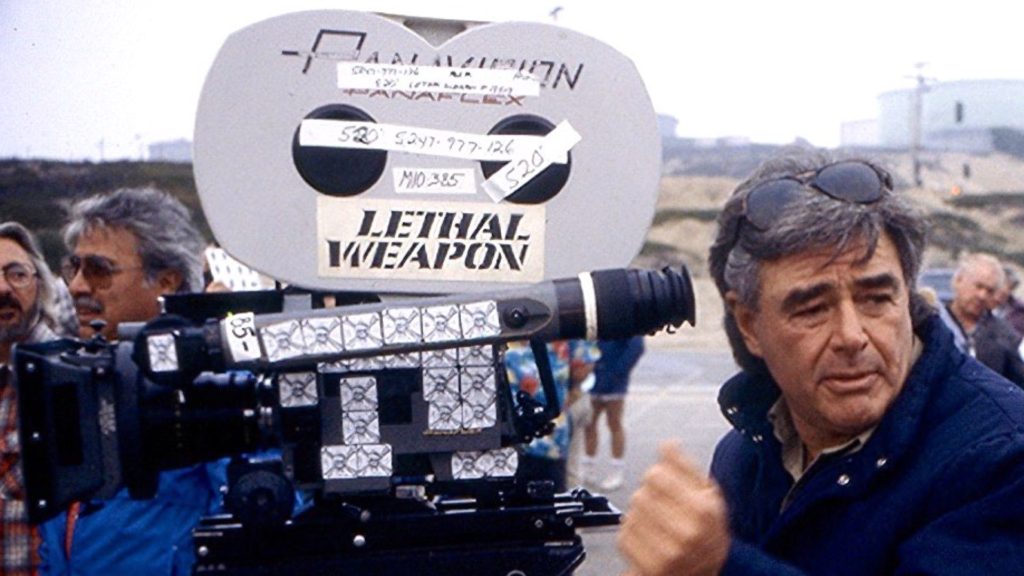







The real question is: “why?”
Because they can.
Why not innovate, change, offer new products? I guess the real question is why don’t you understand the importance of innovation?
Why not innovate, change, offer new products? I guess the real question is why don’t you understand the importance of innovation?
This could also signal 4K Cinema Mode.